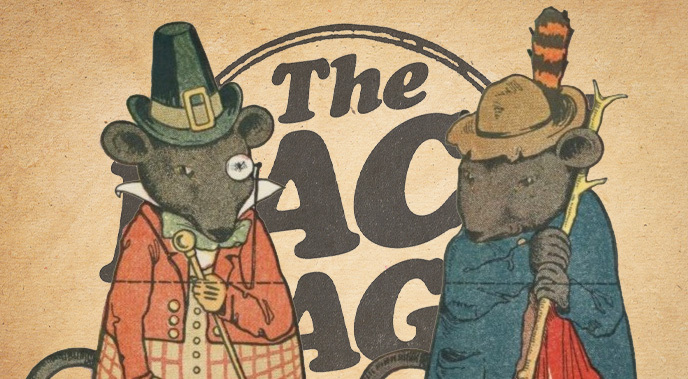But the tide may be turning in wealthier nations.
Are country-raised kids healthier than city-bred children?
If your gut instinct says “yes”, then chances are your perceptions have been swayed by romanticised and nostalgic portrayals of rural idylls and dark and demonic depictions of urban slum life.
The reality, however, is that historically children and teenagers across the globe have tended to have better growth and physical development if they lived in cities than if they lived in rural areas. Boring old health statistics show that the life of a peasant child overall could often be even more crappy than that of a city-based Dickensian urchin.
Which is why a recent study by Australian and international authors suggesting that balance may now be tipping the other way is quite interesting.
Using height and weight as a general indicator of development across more than 70 million young people from around 200 nations, the researchers found that while urban children were taller than their rural counterparts in almost all countries in 1990, this advantage had subsequently decreased in most countries, and even reversed in places such as the UK, France and the US, by 2020.
Publishing in the journal Nature, the boffins said that while the overall trend was evident, there were exceptions, particularly for boys living in sub-Saharan Africa, some Pacific countries, south Asia and the Middle East, where city life was still more advantageous.
In these countries, successive cohorts of rural boys either did not gain height or even became shorter.
Since the introduction of modern sanitation in the 19th century, cities provided substantial nutritional and health advantages in high-income and subsequently low-income and middle-income countries, the study states.
“Our results show that in the 21st century, during school ages, these advantages have disappeared in high-income countries and diminished in middle-income countries and emerging economies in Asia, Latin America and the Caribbean, and parts of Middle East and north Africa,” the study says.
“Specifically, in these settings, successive cohorts of school-aged children and adolescents living in cities were outpaced by those in rural areas in terms of height gain but gained slightly more weight by 2020, typically in the unhealthy range.
“This contrasted with the poorest region in the world: sub-Saharan Africa. In this region, the urban height advantage persisted or even expanded, whereas rural mean BMI went beyond remedying underweight and surpassed the median of the WHO reference population in 2020, hence consolidating the urban advantage.”
These findings were significant because “many policies and programs that aim to enhance healthy growth and development in school ages have a narrow focus that often assumes city living is disadvantageous”, the authors said.
Still, with rural nostalgia dating all the way back to Aesop’s Fable of the Town Mouse and the Country Mouse from the 5th century BC, the fantasy of an Escape to The Country will no doubt continue to tempt wealthy and healthy urbanites.
Gain half a centimetre in height with every story tip sent to penny@medicalrepublic.com.au.


